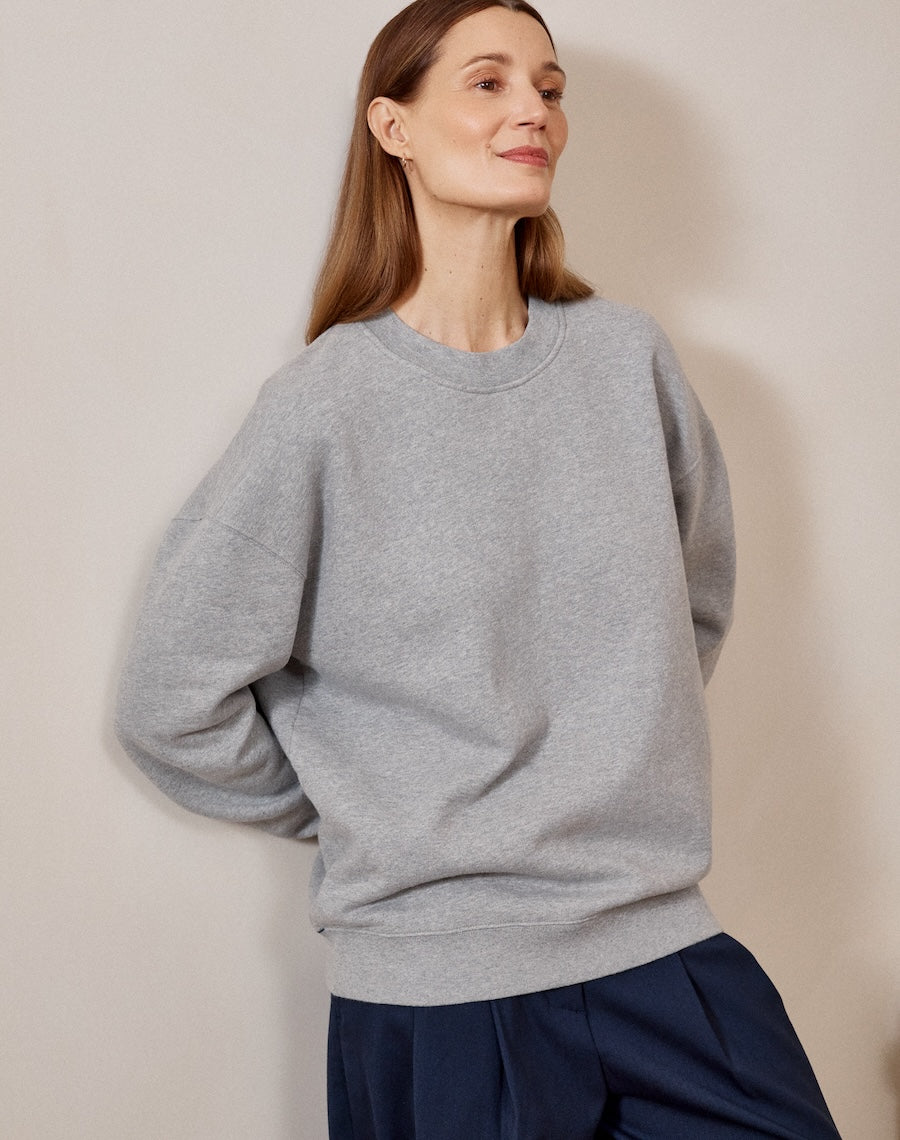The history of the Sweatshirt
In an ever-evolving fashion world the grey sweatshirt remains a staple. Here we take a look at the history of the item we all know and love in our wardrobe.



A sweatshirt instead of a sweater. Sometimes, it's just what you want to wear. The humble sweatshirt has long been a style staple, but it has an even longer history.
We tend to think of the sweatshirt as a fairly modern invention, but it’s actually approaching its 100-year anniversary. Back in 1926, an American footballer called Benjamin Russell Jr. went to his father with an idea for a different kind of training jersey. Rather than wool, it would be made of cotton, and have a roomier fit than traditional jerseys.
His father, Benjamin Russell Sr., owned a clothing company. He liked his son’s idea so much that he founded a new business around it – Russell Athletic. An extra V-shaped piece of cotton was added to the new jumper’s neck to collect sweat. Elastic cuffs kept the sleeves in place. And a soft fleece lining added both warmth and comfort.
Production began in 1930. Benjamin Russell Sr.’s faith in his son’s idea turned out to be well-placed – the sports jersey was an almost instant hit. Before long, the sweatshirt was a common sight both on and off the field. By the 1950s, most American teen boys owned at least one. Matching jogging bottoms (or ‘sweatpants’) were introduced. Universities soon capitalised on the sweatshirt’s popularity – releasing branded versions for their students.


In the 1970s, sweatshirts were embraced by newly emerging subcultures such as surfers, skateboarders and hip-hop artists.
The sweatshirt had moved beyond functional athletic wear – no longer the preserve of teenagers or consigned to gym bags. Sweatshirts emblazoned with logos or slogans became a key fashion statement. Couture designers got in on the action, using the medium of sweatshirts to bring their designs to a wider audience. Think Vivienne Westwood's ‘Anglomania’ sweatshirt and Norma Kamali’s 1980 ‘Sweatshirt Collection’.


























